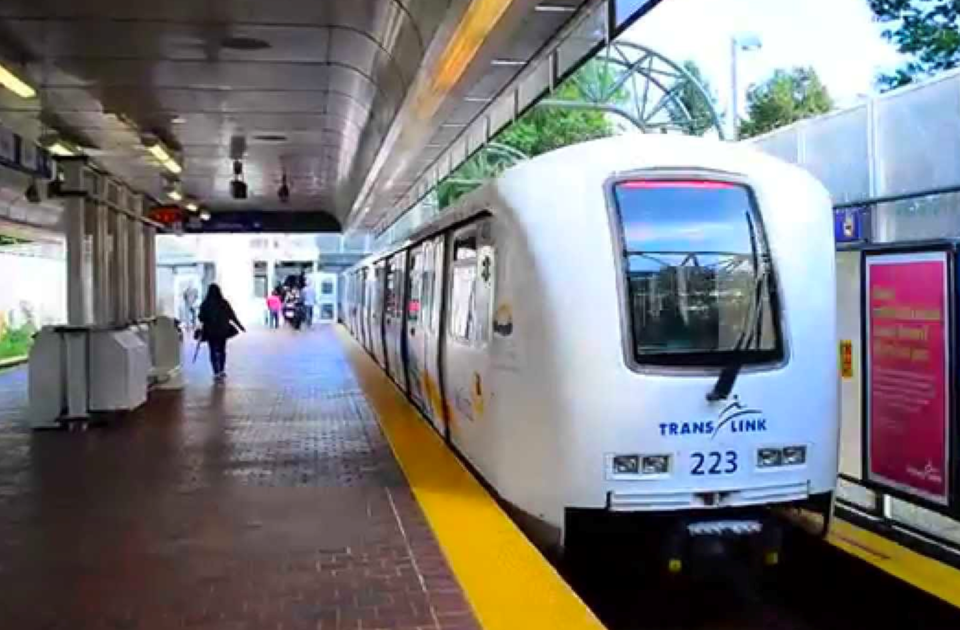“Washrooms, here we come.”
That was what TransLink board chair Lorraine Cunningham said at today’s open board meeting as members voted to move forward with a plan to “increase the availability of customer washrooms along the regional transit system.”
It’s a hot issue for transit riders. Social media is filled with cries to add washrooms at transit stations.
In a TransLink survey completed earlier this year, increasing the availability of washrooms on the transit system was listed as the second-biggest priority for users with 53 per cent listing that as their top issue, below increasing service to minimize overcrowding and pass-ups.
Survey respondents also said they more like to be satisfied with their transit experience if they had access to washrooms, with 74 per cent. Fifty per cent of the respondents said they have had to adjust their behaviour on transit due to the lack of washrooms.
Armed with that survey data, TransLink will now have management use the Customer Washroom on Transit Policy to implement a strategy for an approach, budget and timeline for the project.
According to a TransLink report, partnerships with third parties will be a big part of this plan to save on having to renovate existing transit stations by having washroom access nearby.
“This review has determined that access to washrooms is important to customers and efforts to expand the availability of these facilities are warranted at key locations, through a combination of actions, including partnerships,” said the report.
Washrooms are provided currently at both the Seabus and West Coast Express trains, as per federal regulations.
As far as locations of washrooms, the guiding policy will focus on this, according to the report: “Customer washrooms along the network should be provided in a manner that makes facilities available to the most number of persons at key points along their transit journey, while balancing the need for coverage and finite budget resources. The following criteria have been identified to assist in determining locations where access to washrooms should be prioritized, regardless of who provides these facilities: 1. Major transfer or connection point for a high number of transit passengers;
2. High levels of passengers experiencing long elapsed journey times on the transit network; and,
3. Contributes to developing a network of relatively evenly spaced washrooms in terms of travel time on the system.”
Some of the reasons why TransLink hasn’t moved ahead with this type of plan before include the cost of adding washrooms, the cost of maintaining those washrooms and safety concerns regarding activity that might occur at or nearby those washrooms.
The TransLink report addressing this aspect of moving forward: “A full assessment of financial impacts associated with increasing the availability of washrooms for customers will be determined through the development of a policy implementation strategy. Costs are expected to vary depending on the extent of washrooms provided, whether provided by TransLink or third-parties, and the nature of the actions taken. The cost to TransLink of providing washrooms should be considered alongside the non-financial impacts on our customers that the lack of washrooms currently imposes.”



